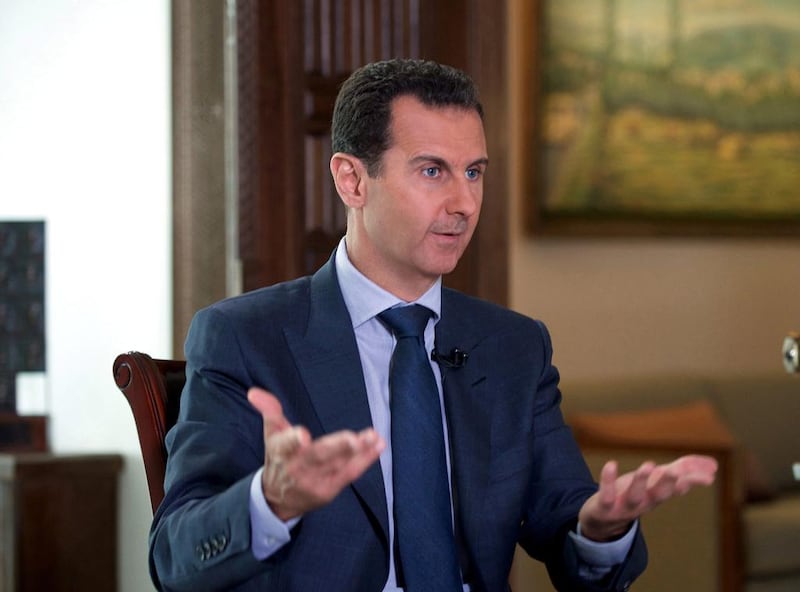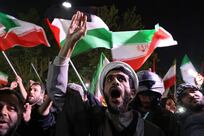With the fight against ISIL taking precedence over the conflict in Syria, the humanitarian cost of the war has largely been eclipsed. It is unclear whether Syria’s president Bashar Al Assad and his allies will ever stand trial for committing horrific war crimes. The latest crime was the attack on an aid convoy, which resulted in the killing of 12 Red Crescent volunteers. Since the onset of the Syrian revolution, the Assad regime has adopted a policy of collective punishment against rebel areas.
During civil wars, fighting forces generally depend on popular support to succeed. Yet in Syria and thanks to the support of Iran and Russia, the regime views the population as a potential threat to be crushed. Max Fisher recently highlighted in a New York Times article that the regime used “collective violence and terror to shape the behaviour of the population”, thus punishing them for supporting the opposition.
According to Fisher, “severe, indiscriminate attacks on civilians bring little near-term risks and substantial benefits: disrupting the enemy’s control or local support, pacifying potential threats, plundering resources and others”.
In Syria, government forces have conducted by far the most attacks against civilians, resorting to a systematic policy of starvation, kidnapping, killing and arrest while resorting to deadly illegal weapons and forced displacement to coerce its population into submission.
The regime has also used a systematic policy of starvation, which has allowed it to weaken its own people. In cities such as Zabadani, Daraya and Madaya, stories of people forced into eating cats and dogs to survive are written regularly.
In July, 65 people died in the town of Madaya from starvation and malnutrition. Hadeel Al Shalshi, of Human Rights Watch, says that “the humanitarian situation can deteriorate quickly in besieged areas. In Aleppo, one third of the population depends on aid. Madaya was completely dependent on aid and it is the situation in opposition controlled areas that is most worrying”.
Kidnapping is another tool used by the Assad regime to crush its own people. According to the Syrian Network for Human Rights, some 65,000 people have disappeared in Syria at the hands of the regime.
In addition to those kidnapped, over 400,000 people have been killed. This amounts to nearly 2 per cent of the population. Another 2 million people have been injured. Out of every 100,000 people killed, 18,000 are children, which amounts to nearly 72,000 child deaths, nearly one quarter of all deaths in Syria. Many of these deaths have been caused by weapons of terror used by the regime, much of which have been banned by the international community.
Despite a September 2013 resolution requiring the United Nations Security Council to impose measures under Chapter 7 of the UN Charter for “any use of chemical weapons by anyone in the Syrian Arab Republic”, a recent UN report highlighted that both the regime and ISIL used chemical weapons in 2014 and 2015. Besides chemical weapons, the Assad regime has also relied on makeshift barrel bombs that killed more than 3,000 civilians in Aleppo in 2014. That means eight deaths every day in one city alone.
Syria has also been used as a military experimentation ground by the regime and its Russian and Iranian allies. In August, the city of Daraya was repeatedly hit by incendiary bombs. At night those resemble fireworks when in fact they burn their victims. These weapons armed with thermite or phosphorus are similar to the napalm used by the United States in the Vietnam War.
This onslaught resulted in the displacement of half the Syrian population. In 2015, 350,000 Syrians applied for asylum in Europe. As the example of Zabadani and Daraya reveal, the regime’s starvation and siege policy, backed by Iran and Russia, has led to the displacement of hundreds of thousands, and a radical demographic change.
As the world watches with indifference, Syria’s killing fields are places of unabated horror. Bashar Al Assad has no part in Syria’s future for many reasons. Chief among them is the undebatable fact that the Syrian president has overseen a plan to exterminate his own people.
Mona Alami is a non-resident fellow at the Atlantic Council’s Rafik Hariri Centre for the Middle East





